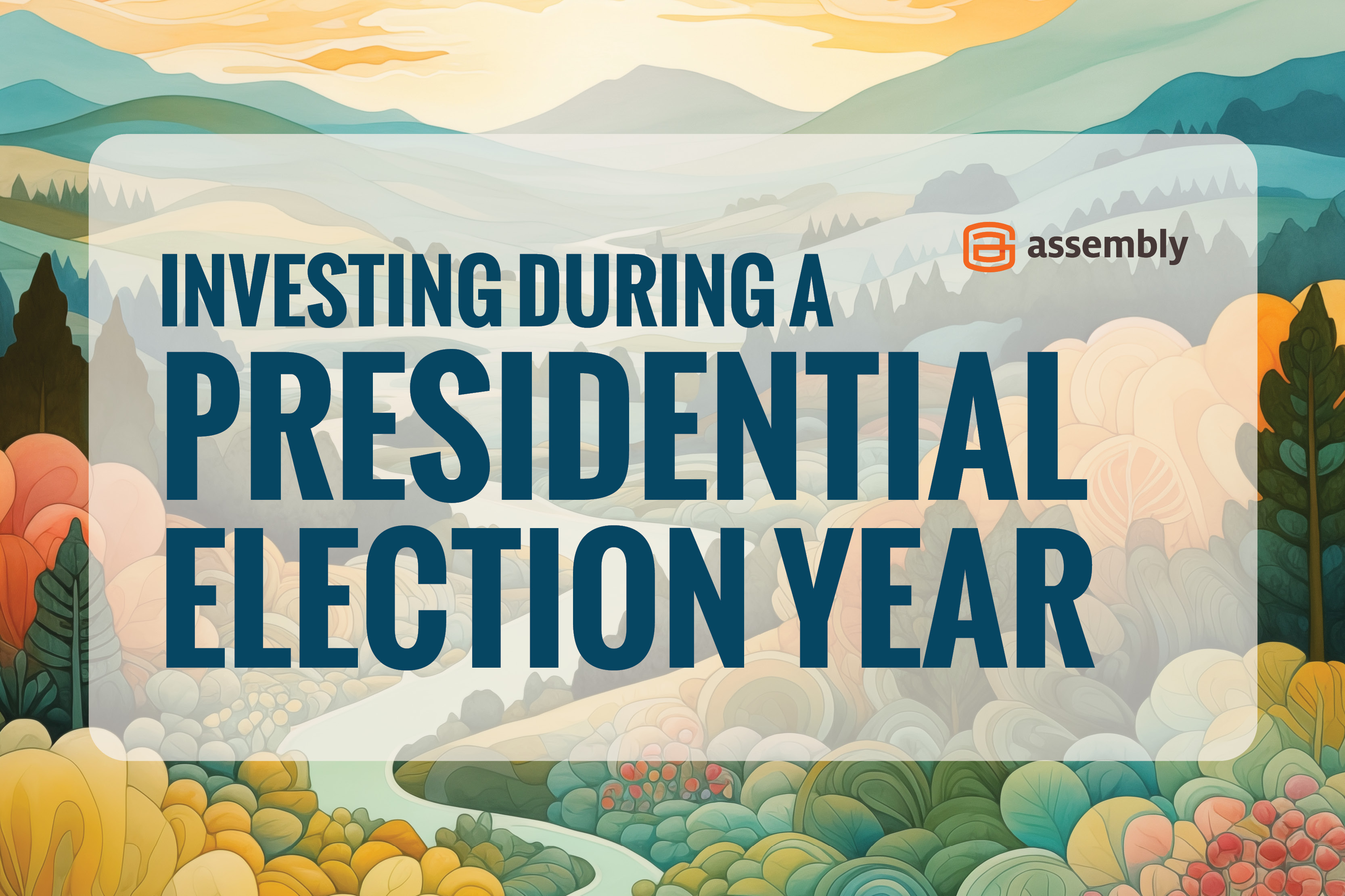Investing During a Presidential Election Year
Investing During a Presidential Election Year Maintaining a disciplined approach to investing can be particularly challenging for investors in a...

“Sell in May and go away” is an old stock trading adage that is based on a seasonal pattern demonstrated in U.S. equity markets where stocks tend to have very strong performance between the months of November and April. Historical returns between the months of May and October, while still positive, aren’t nearly as good.
Given the disparity in returns between the two time periods, some argue investors should “sell in May and go away.” Is this a good investing strategy? Let’s look at the data:
The chart below from BlackRock1 shows that over the last 50 years, U.S. stocks returned an average of 8.7% between November 1st and April 30th, far outpacing the 3.3% average return during the period of May 1st through October 31st.
Chart 1: Click for a larger view of the chart.
A catchy phrase isn’t necessarily wise investment advice. In this particular case, there are several reasons why long-term investors should stay fully invested and not employ a market timing strategy such as “sell in May and go away.”
The average return for U.S. stocks between May 1st and October 31st is 3.3%. An investor who liquidates their portfolio on April 30th will miss out on those positive returns and the compounding effect of staying fully invested.
The chart below from JPMorgan shows that an investor who was fully invested in U.S. Large Cap stocks over the last 20 years had an annual return of 9.7% but an investor who missed the 10 best days of performance would have only returned 5.5% annually. Any strategy that relies on market timing runs the risk of missing out on the best days of performance.
Chart 2: Click for a larger view of the chart.
Liquidating a portfolio in a taxable account can be very tax inefficient because the liquidation trades would mean locking in realized gains. And if the liquidated holdings were only purchased six months ago, then the investor is on the hook for short-term capital gains taxes. Short-term capital gains tax rates are higher than long-term capital gains rates.
While the average return of the U.S. stock market over the last 50 years from May 1st to October 31st has been 3.3%, the returns can vary quite a bit from year to year. The returns may be much higher than 3.3% (or much lower for that matter) in any particular year.
The best strategy for investors is not a market timing strategy. Investors should build an investment plan based on their objectives, risk constraints, liquidity needs, time horizon, and tax situation. While it might be tempting to gain an edge by employing a strategy based on a catchy phrase, investors will likely be better off in the long run by maintaining a disciplined buy-and-hold strategy and sticking with their long-term investment plan.
Looking for guidance on your investment plan? Contact one of our friendly and experienced wealth managers or download our free guide to crafting a financial plan.
1 BlackRock Student of the Market, May 2023, Page 5
2 JPMorgan Guide to Retirement 2024, Page 47
Fill out the form to be notified about new articles.

Investing During a Presidential Election Year Maintaining a disciplined approach to investing can be particularly challenging for investors in a...

With US equity markets trading near all-time highs1, some investors may be concerned about a sell-off in the near future. While this thinking may...

When we talk with clients about saving and investing for the future, the conversation usually steers toward retirement planning – IRAs, 401(k)s,...